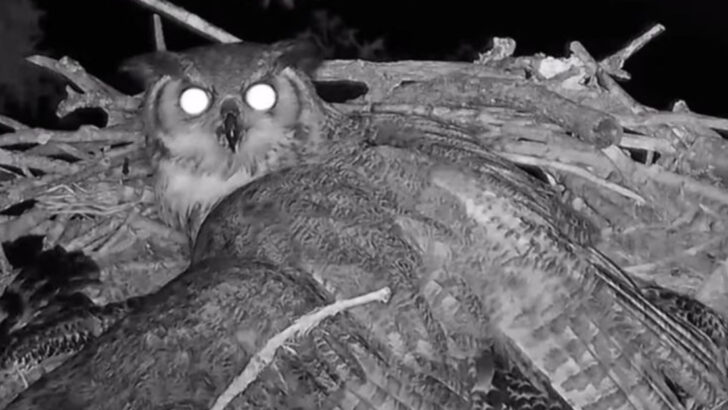When the lights go out, these animals come alive. While most of the world sleeps, they hunt, hide, stalk, and thrive—wrapped in shadows, nearly invisible. They don’t fear the dark. They own it. Some vanish in plain sight. Others glow, echo, or slither their way through pitch-black nights, caves, and ocean depths like it’s broad daylight. They’re not just surviving the dark—they’re using it to their advantage. Meet 14 animals that don’t just live in darkness… they rule it.
Barn Owl
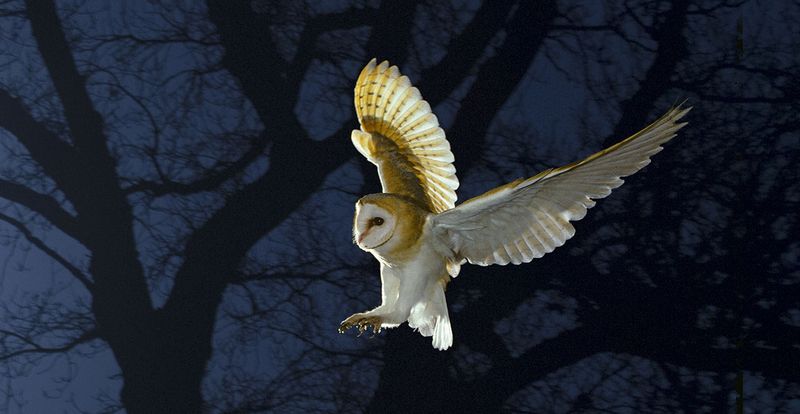
With a silence that startles, the barn owl navigates the night. Its heart-shaped face acts like a satellite dish, funneling sound to its ears. This adaptation lets it hunt with precision, swooping down on unsuspecting prey.
The barn owl’s feathers are designed to muffle sound, giving it the moniker “ghost owl.” Even the quietest rustle can’t escape its acute hearing.
A symbol of mystery and wisdom, this nocturnal predator thrives under the cover of darkness, painting an eerie yet beautiful picture against the moonlit backdrop.
Aye-Aye

In the dense forests of Madagascar, the aye-aye roams, a peculiar primate with a unique hunting technique. Its elongated middle finger taps along tree bark, listening for the hollow sound of larvae underneath.
Once detected, the aye-aye gnaws a hole and extracts its meal with surgical precision. This method of feeding is called percussive foraging, showcasing its mastery over the dark.
Its eerie appearance and nocturnal habits have led to local myths, but the aye-aye remains an intriguing marvel of evolution, perfectly adapted to its shadowy world.
Vampire Bat
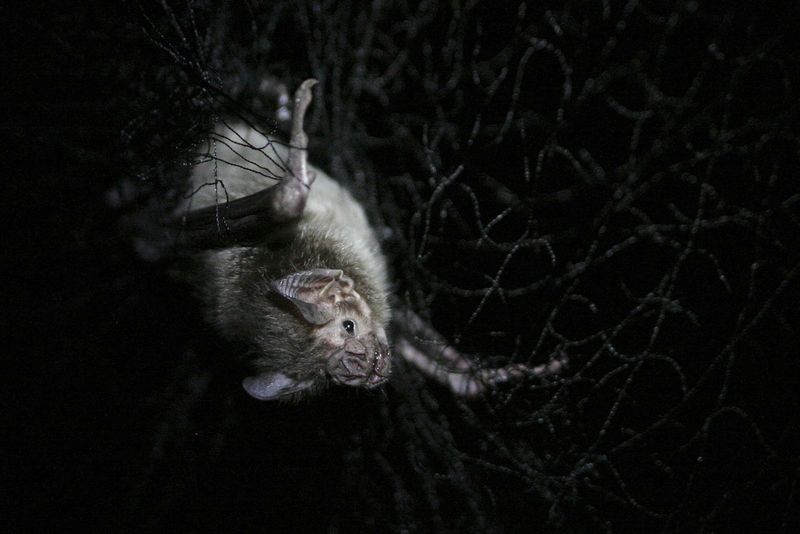
The vampire bat, with its infamous name, conjures images of the supernatural. By night, it silently takes to the skies, searching for a resting host.
Its heat sensors guide it to a warm spot, where it makes a tiny incision and laps up the nourishing blood. Despite its fearsome reputation, this bat is surprisingly social, sharing food with its mates.
Through evolution, the vampire bat has perfected its nocturnal lifestyle, relying on cunning and collaboration to thrive in the darkness.
Tarsier
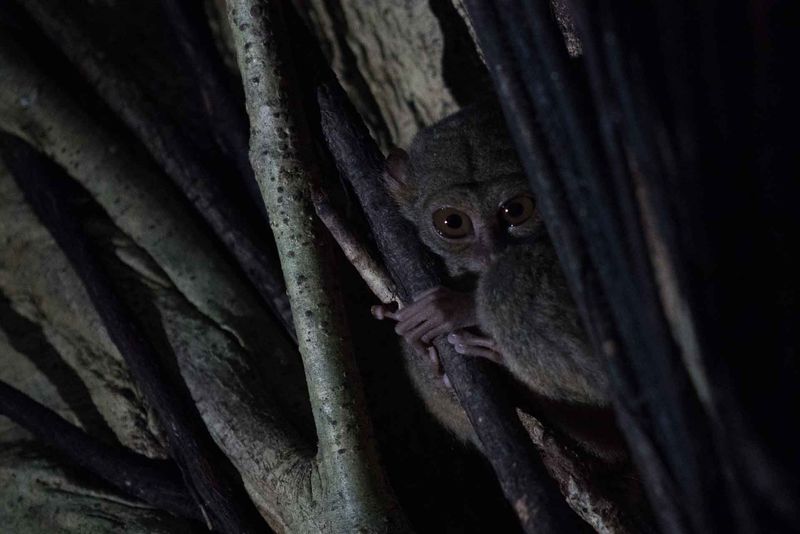
With eyes that seem to hold the secrets of the universe, the tarsier navigates its jungle home. Its enormous eyes, adapted for low-light conditions, are its greatest asset.
Each eye is as large as its brain, allowing it to detect the faintest movements in the dark. This primate’s ability to leap from tree to tree makes it a formidable nocturnal hunter.
A symbol of the exotic, the tarsier’s nightly escapades are a testament to its survival instincts, making it a true master of the night.
Glowworm
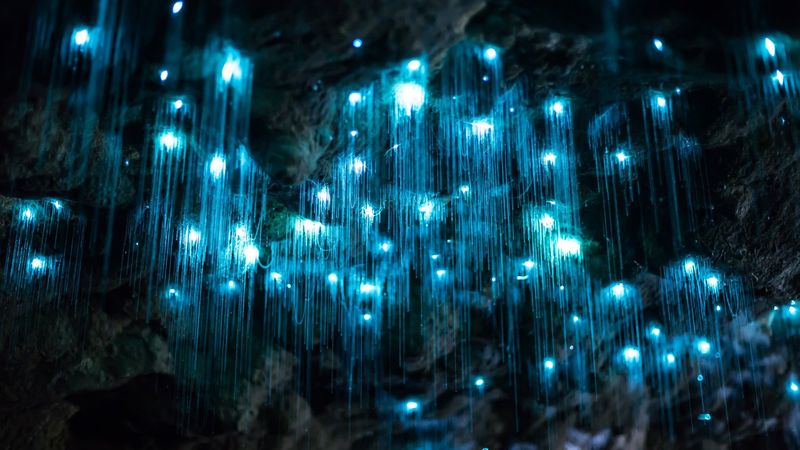
Deep within the caverns, glowworms create a mesmerizing spectacle. Using bioluminescence, they turn the cave ceilings into a starry sky. This light lures insects into their sticky threads below.
These larvae of fungus gnats are masters of deception, using light to hunt in the absence of day. The ethereal glow is a result of a chemical reaction within their bodies.
A marvel of nature’s engineering, glowworms remind us of the wonders hidden in darkness, where they reign as silent, glowing predators.
Snow Leopard
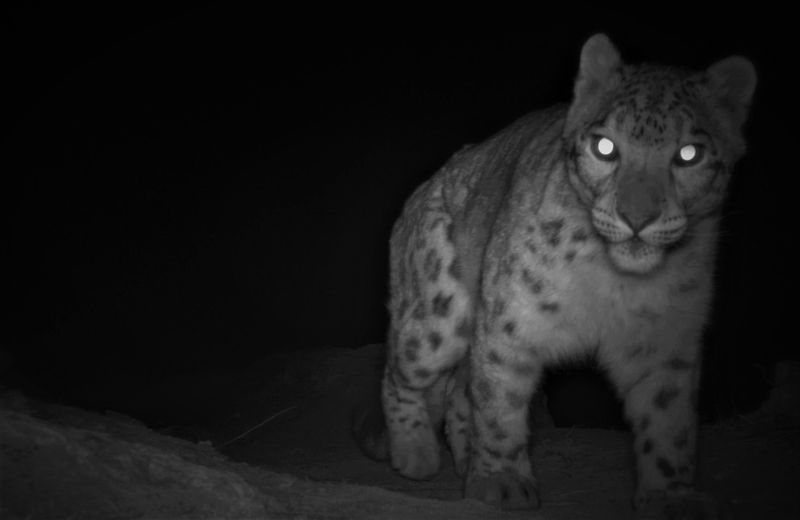
In the rugged mountains, the snow leopard is a ghostly presence. Its pale fur, designed for camouflage, allows it to blend seamlessly with the snowy backdrop.
Nocturnal by nature, it descends from rocky slopes under the cover of darkness, stalking its prey with unmatched stealth. The snow leopard’s thick coat and powerful limbs aid its survival in this harsh environment.
A symbol of wild beauty, this elusive feline moves with grace, its nocturnal hunts a dance of survival in the moonlight.
Ocelot
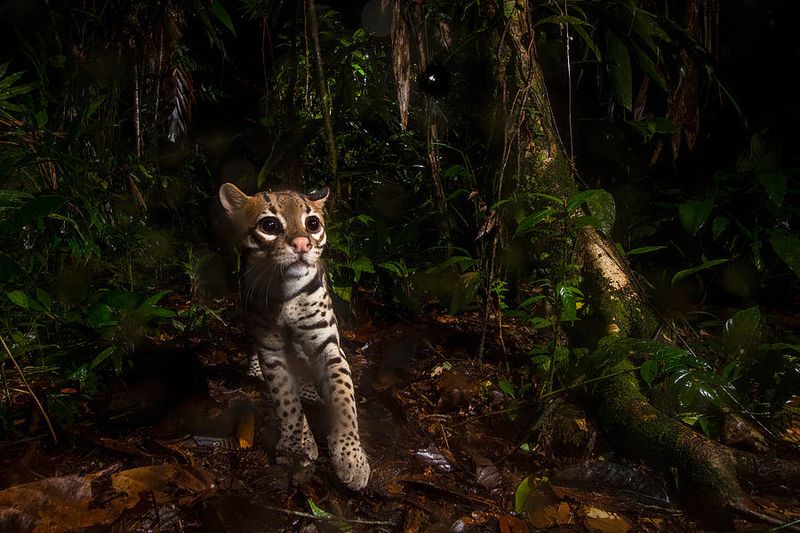
In the dense forests, the ocelot roams with elegance. Its striking coat, marked with rosettes, provides perfect camouflage in the dappled moonlight.
By night, it becomes an agile hunter, using its keen senses to track prey. Each step is calculated, each movement a testament to its predatory prowess.
The ocelot’s solitary nature and stealthy habits make it an enigmatic creature of the night, embodying the wild spirit of the jungle.
Tasmanian Devil
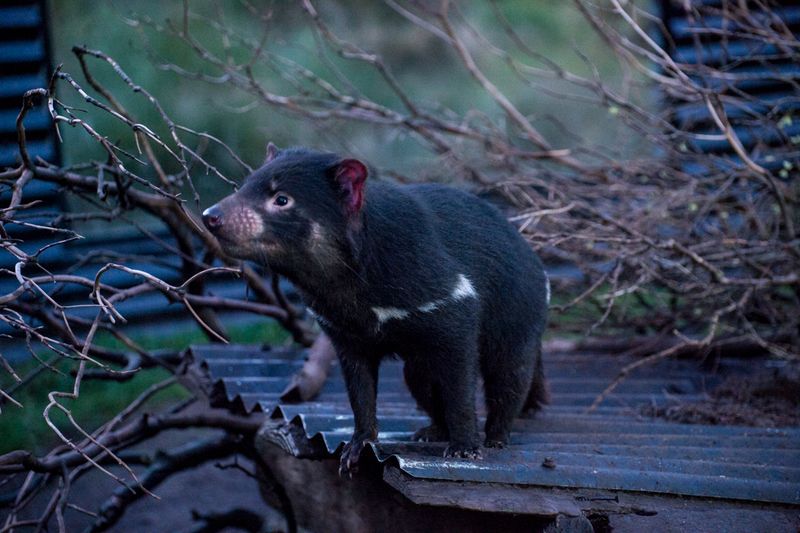
Feisty and fierce, the Tasmanian devil prowls the night with an unmatched ferocity. Native to Tasmania, this marsupial is a nocturnal scavenger, using its powerful jaws to crunch through bones.
Its growls and screeches pierce the night, a reminder of its formidable nature. Despite its aggressive demeanor, the Tasmanian devil plays a crucial role in its ecosystem, cleaning up carcasses.
Under the blanket of night, it emerges as a symbol of resilience and survival, thriving in the shadows.
Firefly
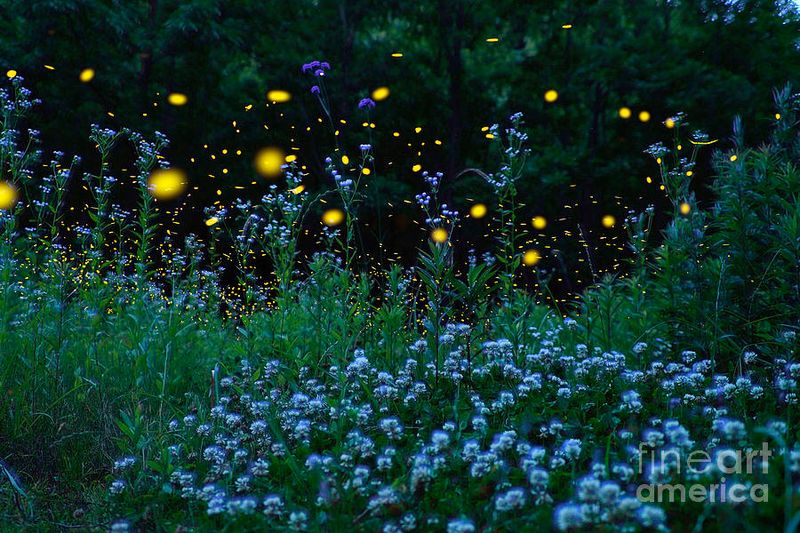
In the warm embrace of summer nights, fireflies enchant with their luminescent dance. These tiny beetles use bioluminescence to communicate, finding mates through their unique light patterns.
Each flash is a signal, a message sent across the night air. Their glow is a chemical reaction, a marvel of natural engineering.
Fireflies turn ordinary nights into magical experiences, their presence a gentle reminder of nature’s quiet wonders, lighting up the dark with their tiny beacons of hope.
European Hedgehog
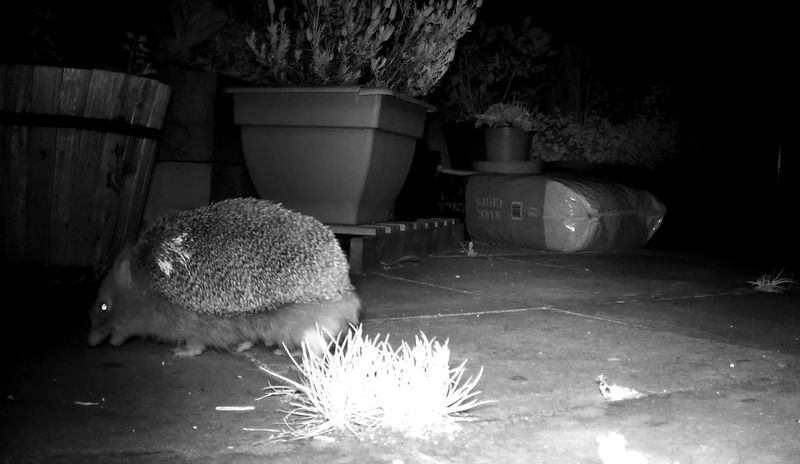
As dusk falls, the European hedgehog awakens, ready to forage. Its spiny coat serves as protection, while its keen sense of smell guides it to food.
This small creature is a gardener’s friend, consuming insects and pests under the cover of night. Hedgehogs curl into a ball, using their spines as a defense mechanism against predators.
Their nocturnal wanderings are a nightly ritual, a testament to their adaptability and survival instincts in the European landscapes.
Fennec Fox
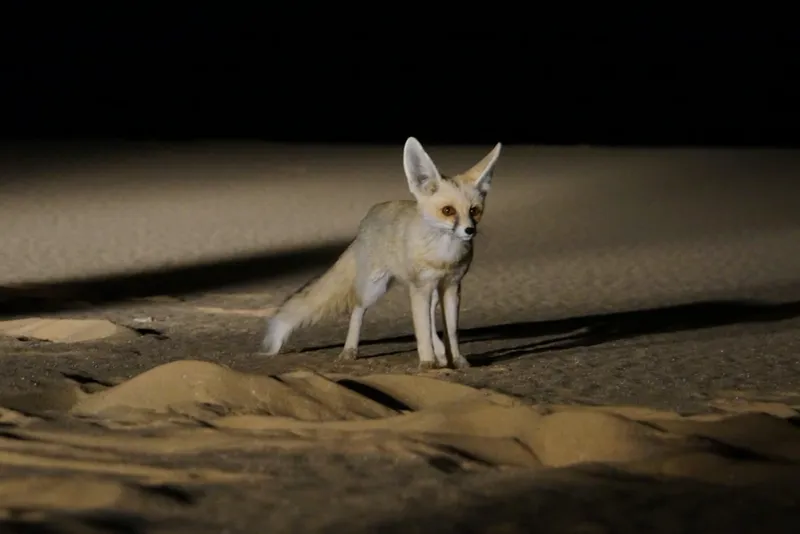
In the arid Sahara, the fennec fox thrives in the night. Its oversized ears are not just adorable—they’re vital tools for detecting prey and dissipating heat.
Nocturnal by nature, it emerges from its burrow when temperatures drop, hunting insects, small mammals, and birds. Its fur reflects moonlight, providing camouflage against the sand.
The fennec fox embodies adaptability, its nightly ventures a dance of survival in one of Earth’s most extreme environments.
Great Horned Owl
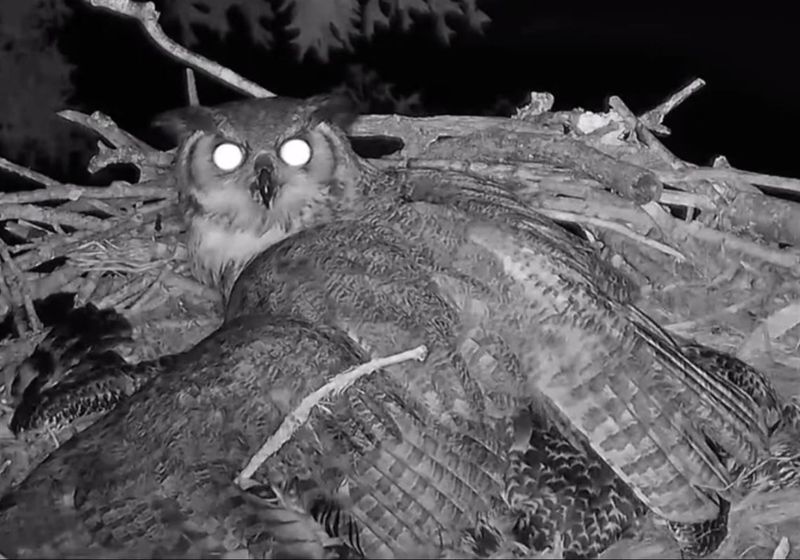
The great horned owl, with its iconic tufts, rules the night skies. Its keen eyesight and acute hearing are its greatest allies, allowing it to hunt with precision.
This formidable predator can take down prey much larger than itself, relying on stealth and strength. Its wings are designed for silent flight, adding to its mystique.
A symbol of wisdom and power, the great horned owl is both feared and revered, a master of the night world.
Cuttlefish
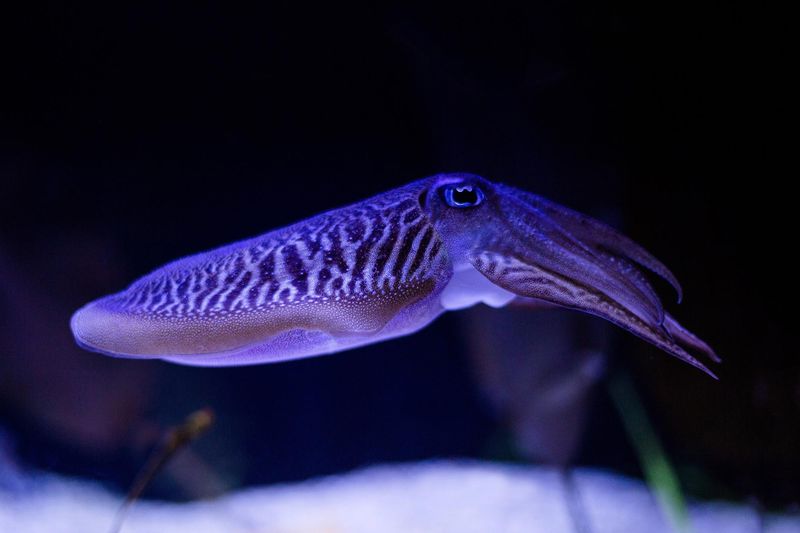
Under the ocean’s surface, the cuttlefish is an artist of the deep. Its ability to change color and texture at will is a marvel, allowing it to blend seamlessly into its environment.
By night, it becomes a stealthy predator, using its camouflage to ambush prey. This cephalopod’s intelligence is matched by its mesmerizing displays, a dance of colors in the dark waters.
The cuttlefish’s adaptability and cunning make it a fascinating creature, perfectly attuned to its nocturnal world.
Bornean Slow Loris
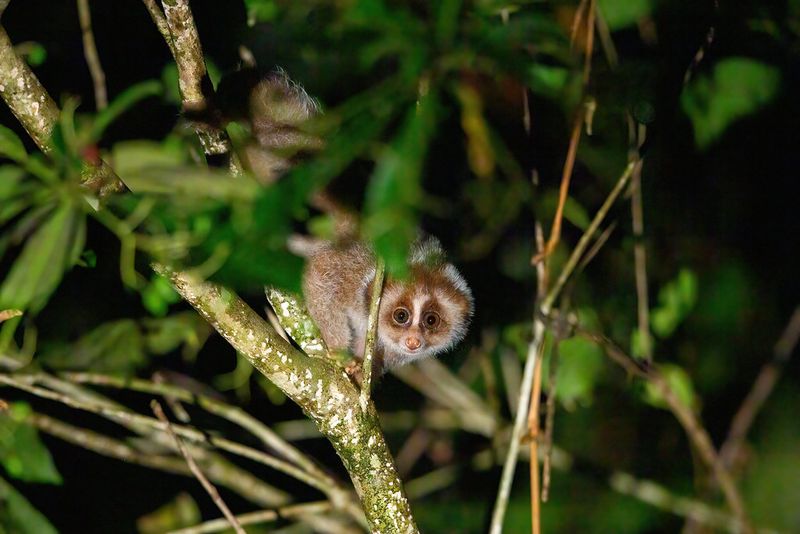
In the tropical forests of Borneo, the slow loris moves with deliberate caution. Its large eyes reflect the faintest light, aiding its nocturnal lifestyle.
This primate’s slow movements are a strategy, conserving energy and avoiding detection. With a toxic bite, it has few predators, adding to its mysterious allure.
The Bornean slow loris is a reminder of the delicate balance of nature, its nocturnal habits a testament to its unique adaptations.

